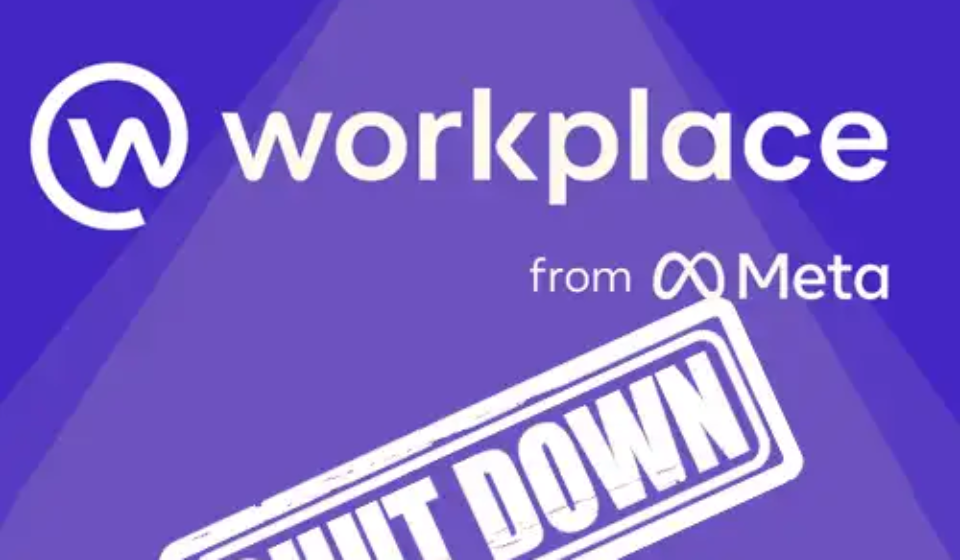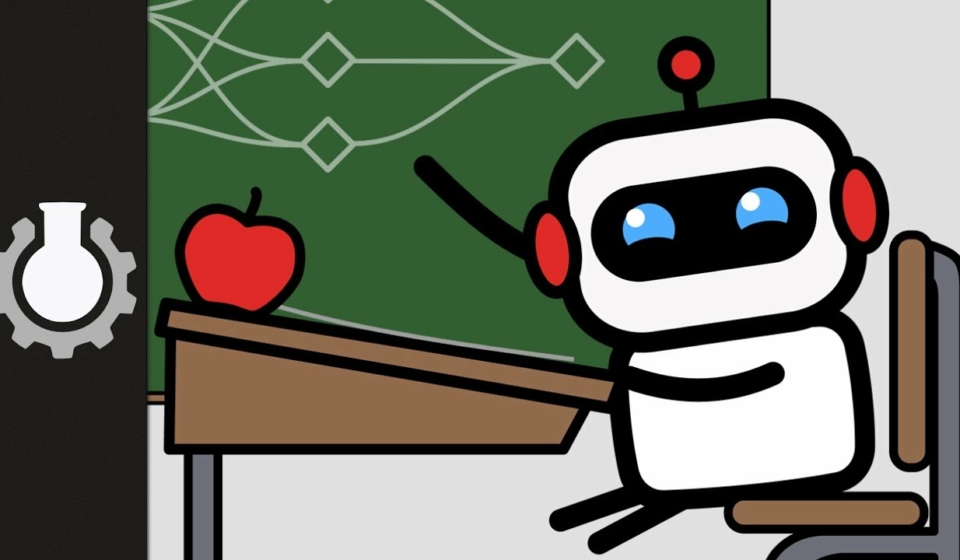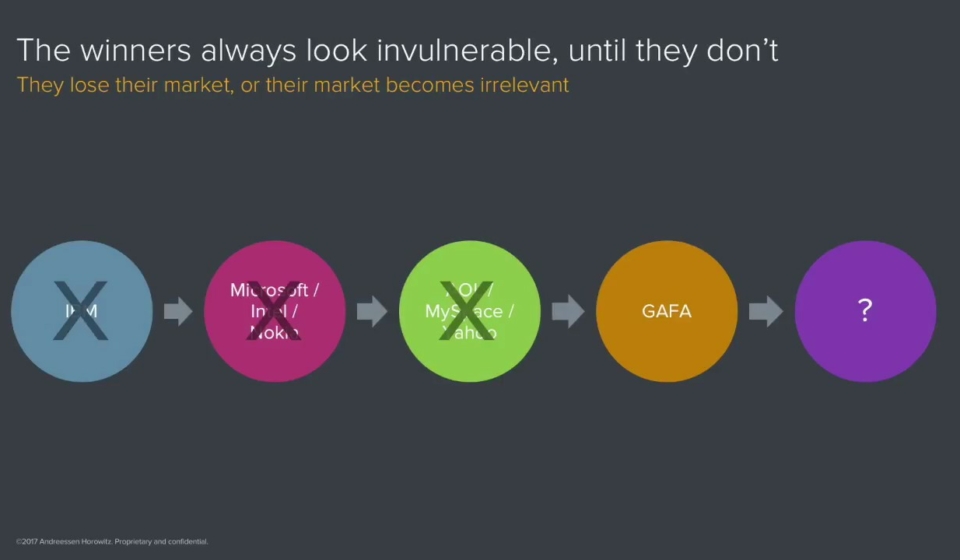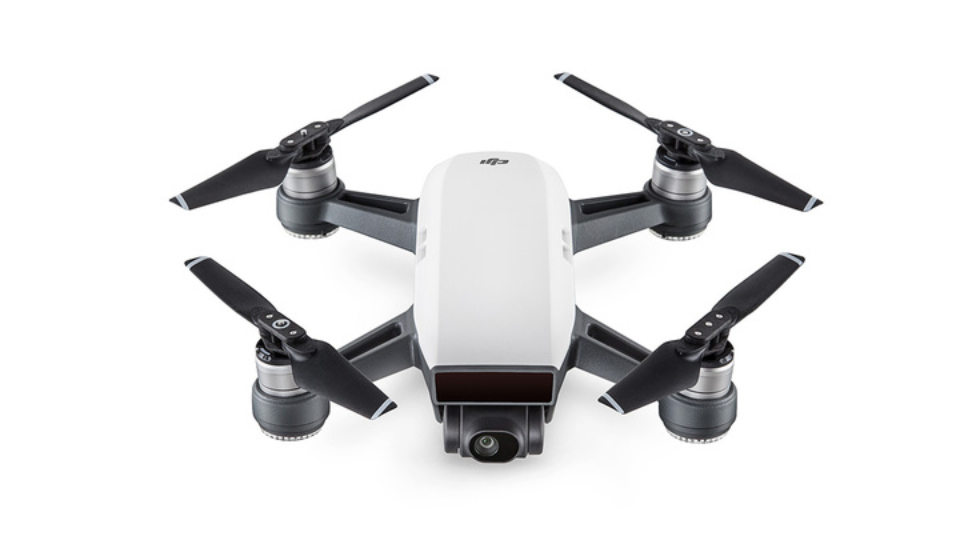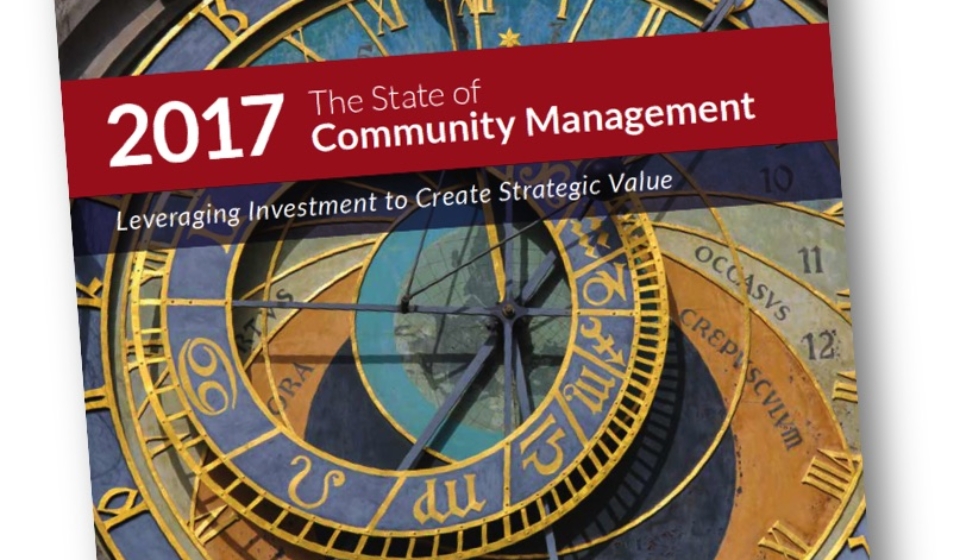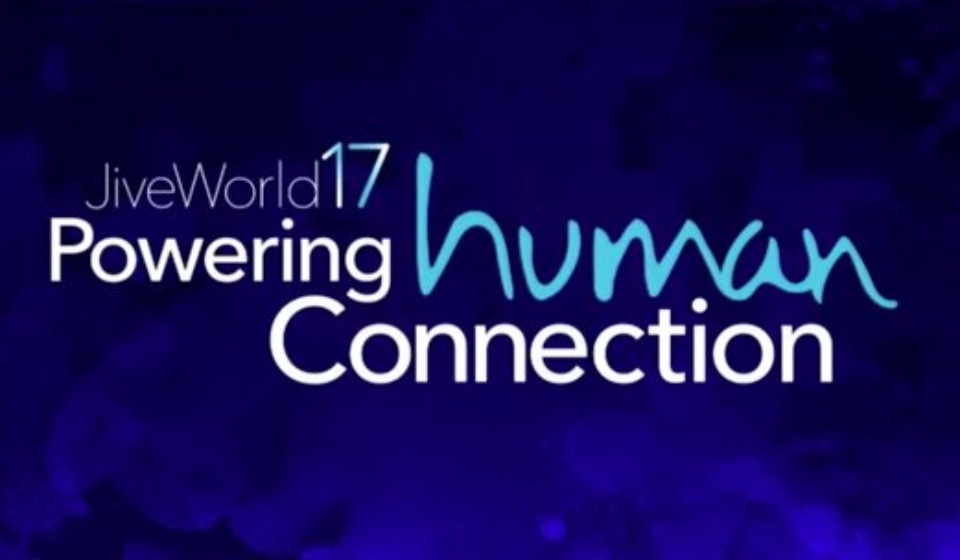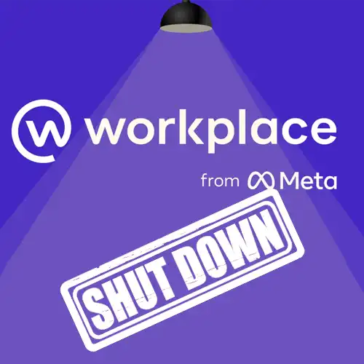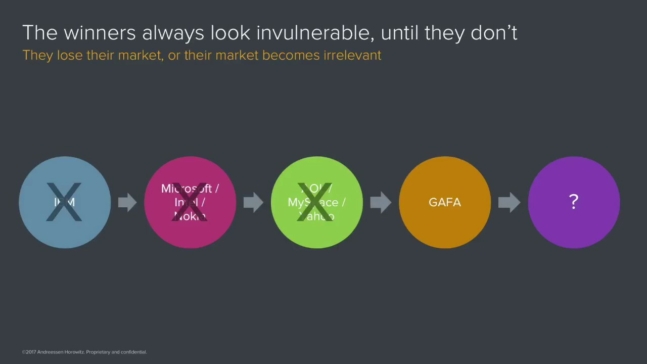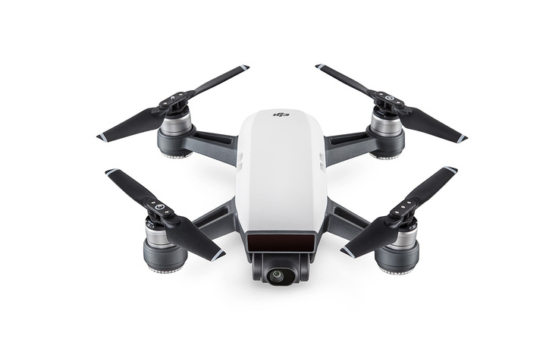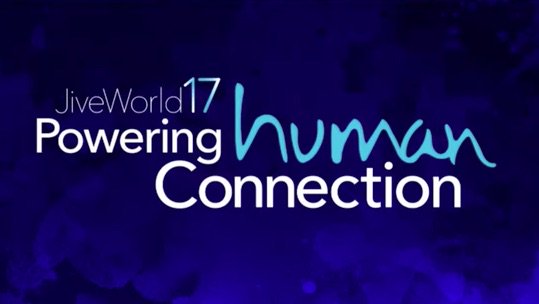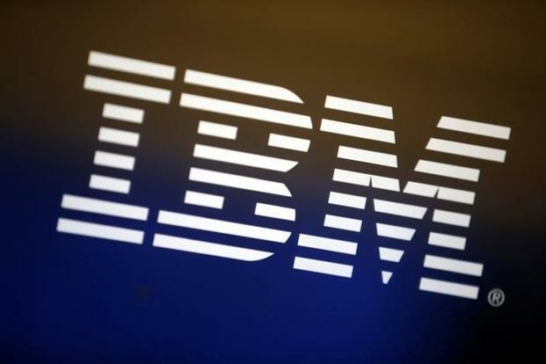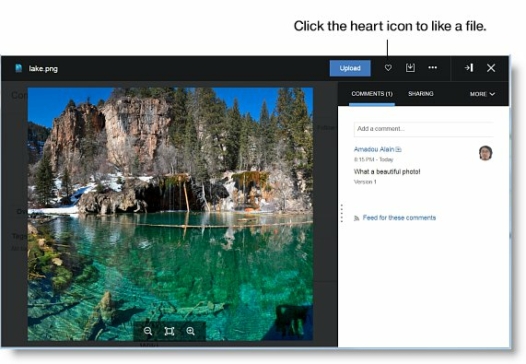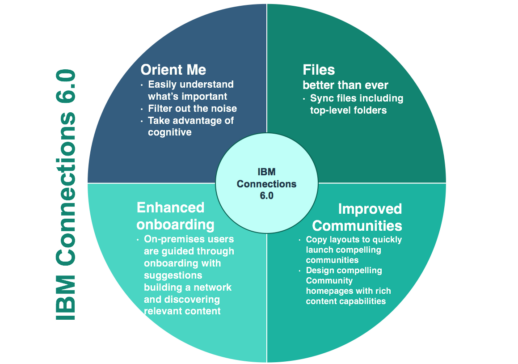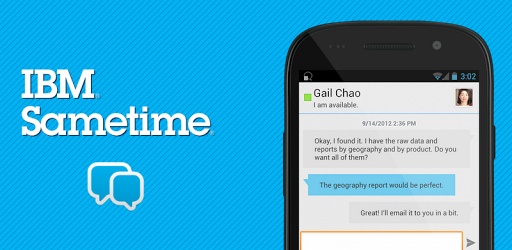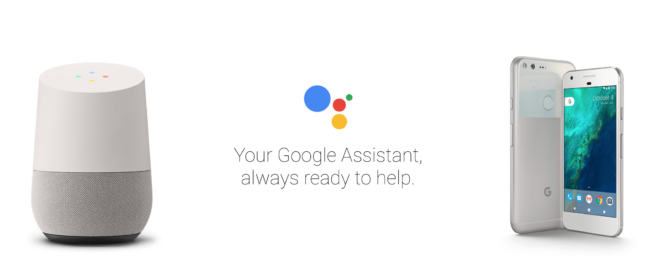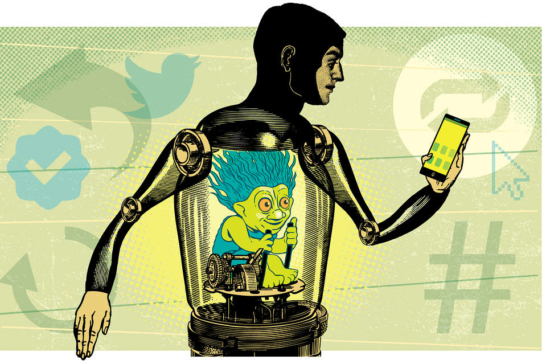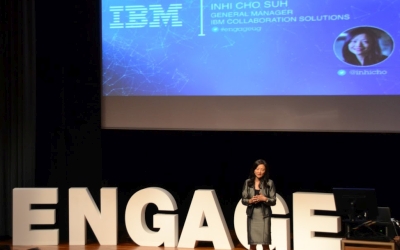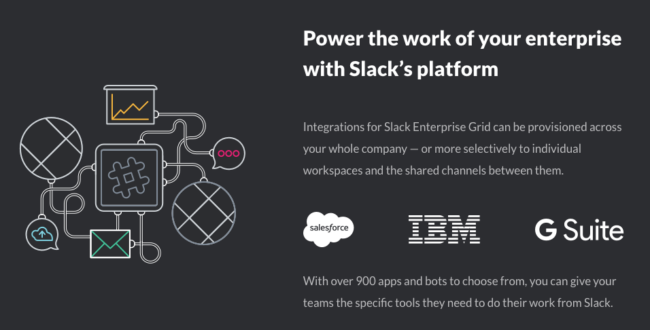Workplace from Meta closes doors to new customers
If your organisation is using Meta's enterprise social network platform, now is the time to consider your options It was announced earlier today that Workplace from Meta, launched all the way back in 2016, is going to be shut down for good in 202 ...
Sunrise 2024-02-27
A quiet still sunrise over the lakes this morning. The church stonework really shone in the early light.
Air Travel in 2017
What a remarkable (and welcome) statistic – zero deaths in passenger air travel in 2017…
How Machines Learn
I’m a huge fan of CGP Grey, and his podcasts, Hello Internet and Cortex. This is one of his best videos so far, discussing how all the algorithms around learn to do their jobs…
Ten Year Futures (vs. What’s Happening Now)
Super insightful presentation by Benedict Evans reflecting on what we can learn from previous tech revolutions, and how this knowledge can be applied to AI, crypto-currencies, mixed realities and autonomous vehicles. Well worth 25 minutes of your time…
DJI Spark launches. Seize the moment!
This looks amazing. The new DJI Spark. Smaller than your average smartphone: Meet Spark, DJI’s first ever mini drone. Signature technologies, new gesture control, and unbelievable portability make your aerials more fun and intuitive than ever before ...
The 2017 State of Community Management Report
If you’re in a role that encompasses elements of community management or program strategy, there is no doubt that one of the year’s highlights is the Community Roundtable’s publication of their ‘State of Community Management’ annual report. The 2017 report has been published today!
ESN champion? You’ll want to review these JiveWorld17 sessions
I’ve always passionately argued that the content from these global and regional conferences should be shared openly and widely – not just the decks themselves, but also audio and (preferably) video recordings. JiveWorld17 is a fantastic example of this being delivered.
BeyondClouds – FlightLapse #01 – Meet the Milky Way
A stunningly beautiful timelapse video, recorded from an airliner heading across Africa and then the Atlantic.
IBM-focused, but interested in Jive Software?
If you’re primarily focused on IBM-based solutions, you may not be aware that I have a Jive-focused blog over at Jive.news.
This is particularly relevant this week as it is JiveWorld, Jive’s annual worldwide conference in Las Vegas. I’m blogging as much of the news as I can from the conference, including today’s posts on yesterday’s key announcements and Jive’s roadmap for 2017 and 2018. Do subscribe to the blog there if you want to receive my Jive posts in the future.
Tools as a catalyst for culture change (in IBM)
A fascinating article by Bill Higgins, the IBM Distinguished Engineer that lead a major project to revolutionise the company’s approach to product development.
Entering the Jargon Matrix
This morning's announcement letter from IBM really made yesterday's Dilbert hugely appropriate! (h/t to Gregg Eldred)
Webinar: Surviving the Gartner Hype Cycle for your Enterprise Social Network
The APQC (American Productivity & Quality Center) are hosting an interesting webinar in a couple of week’s time, looking at how to manage a successful ESN…
IBM Connections Cloud: Rakin’ in the 💙s
Now you can put your heart into it when you like something in Connections Cloud. The new heart icon has universally replaced the word “Like” or, in some places, the happy face icon.
Have you completed the State of Community Management 2017 survey yet?
The Community Roundtable’s ‘State of Community Management’ annual analysis of online communities is one of the resources that I use almost every day in my role as a digital strategist.
Building enterprise software today: A partnership in openness (IBM’s Jason Roy Gary at FOSSASIA 2017)
Those that were at IBM Connect or on recent partner calls may have seen versions of this presentation from Jason Roy Gary of IBM. However, I am thrilled to find a video version recorded at last week’s FOSSASIA 2017 event held in Singapore.
IBM Connections 6.0 announced, generally available March 31st
They told us at Connect that IBM Connections 6.0 would be made available in Q1, and here’s the announcement that they’ll be sneaking it across the line on the 31st March…
IBM Connections 6 is coming soon… So what is the killer enhancement?
IBM yesterday published a press release previewing the headline features of the upcoming new on-premises release of Connections, Connections 6. I take a look at some of the headline features, and then pick out one specific enhancement that will make a huge difference for community managers!
IBM extends Sametime support to 2021. What next for IBM in the UC space?
IBM Sametime is a robust communications offering designed to accelerate your social business by driving faster decisions, with more complete information powered by the business experts in your organization. The suite of tools in Sametime helps unlock ...
Conspiracy theories, courtesy of Google Home
And here’s what happens if you ask Google Home “is Obama planning a coup?”
Want to comment? Prove you’ve read the article first!
A site published by the Norwegian public broadcaster NRK just rolled out a system that gives readers a brief multiple-choice quiz about the contents of an article—proving they really read it—before allowing them to comment.
Engage 2017 abstract submission closes today
Engage is probably the best IBM Collaboration user group anywhere in the world, and the 2017 edition is looking like it will be the best yet!
Ghost Browser – the Productivity Browser for Tech Pros
Ghost Browser allows you to have multiple authenticated sessions open to the same site simultaneously, with each session having its own cookie jar, isolated from other sessions. This allows users such as web developers, testers, social media managers to easily work with multiple identities or use case perspectives without the need for multiple browsers, bookmarks, saved passwords etc.
Slack takes aim at the corporate sector with Enterprise Grid, names IBM as one of the launch customers
TechCrunch yesterday reported on Slack’s plans to unveil an enterprise version of it’s service. But then it gets a little bit weird… IBM is named as a reference customer for the new solution.

